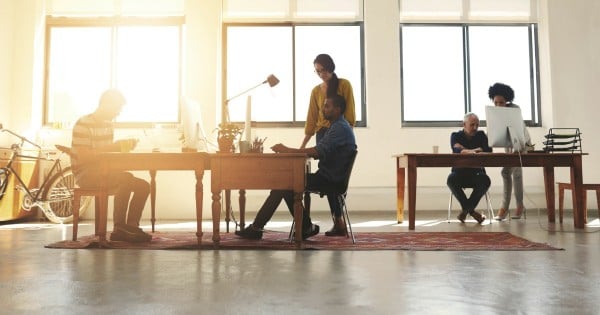
By Alexandra Heron, University of Sydney
It’s good to celebrate how far Australia has progressed when it comes to women and work, but policymakers must also recognise how far we’ve got to go.
Prime Minister Malcolm Turnbull told journalists recently that Australia was seeing the highest ever female workforce participation rate and the largest number of women ever in the workforce.
That’s true, but the pace of change has been glacial – especially for women in full time work in their prime earning years. If Australia is to meet its G20 goal of reducing the gap in workforce participation rates between men and women by 25 per cent by 2025, much more needs to be done.
Better than ever but a long way to go.
The Australian Bureau of Statistics’ Labour Force Australia publication indeed show that women’s labour force participation rate was at its highest ever in the last quarter of last year.
The labour participation rate for women is the proportion of women who are either in paid work or unemployed and actively looking for work in the adult population (over 15).
In February 1978, women’s participation was 43.4 per cent. It reached 59.5 per cent in December 2015, up from 59.3 per cent in October of that year (using the trend data, not seasonally adjusted). The very latest data, from January 2016, have the figure holding at 59.5 per cent.
The nearest it approached 59.5 per cent previously was in March and April 2009, when it reached 59 per cent. That was when the effects of the global financial crisis were still unfolding. Given the subsequent economic slowdown, it is unsurprising that there followed a dip to 58.4 per cent between February and June 2010, before a gradual recovery reaching 59 per cent again in July 2015. (The labour participation rate for men is currently 71 per cent)